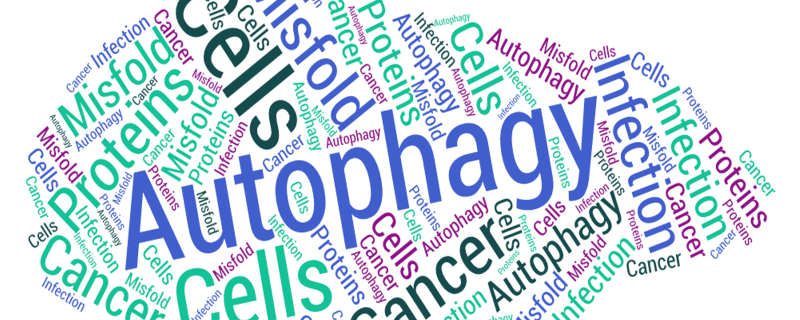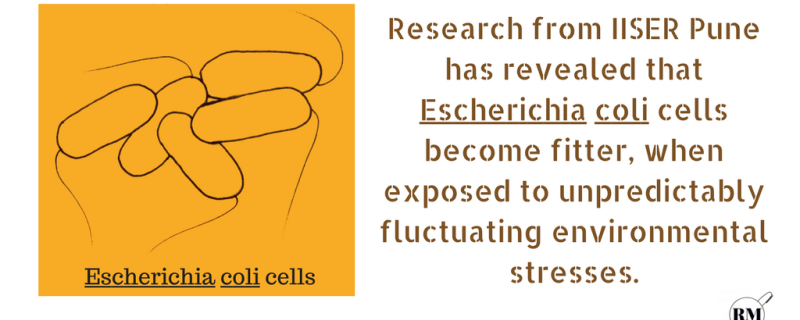Autophagy, or self-eating, is a process where cells in our body devour some of the cell components to replenish their nutrient supply during severe shortage. This process, though sounds gruesome, is essential for our survival and any defect in this mechanism could lead to neurodegenerative disorders like Parkinson’s disease. Several research, inspired by Nobel Laureate Prof. Yoshinori Ohsumi’s work on autophagy, has now uncovered new dimensions on our understanding of how cells function.
A new review reveals that rising global temperatures, increased pollution, and extreme weather events are driving a global surge in eye diseases, disproportionately affecting vulnerable communities and challenging healthcare systems.
Roorkee/





